The Arctic Circle is home to settlements that experience one of nature’s marvels: the midnight sun, where the day remains for weeks or even months uninterrupted. The settlements, which are dispersed throughout Alaska, northern Canada, Greenland, Norway, Sweden, Finland, and Russia, lie beyond 66.5 north latitude, where the Earth’s tilt enables continuous daylight throughout the summer. Life here takes place on rhythms completely different from the rest of the world, as residents learn to sleep, work, and live beneath a sun that refuses to set.
From productive research stations to indigenous communities maintaining traditional ways of life, each town has a unique perspective on human adaptation in extreme light conditions. Below is a list of 20 Arctic towns where the sun doesn’t set during summer.
Utqiagvik
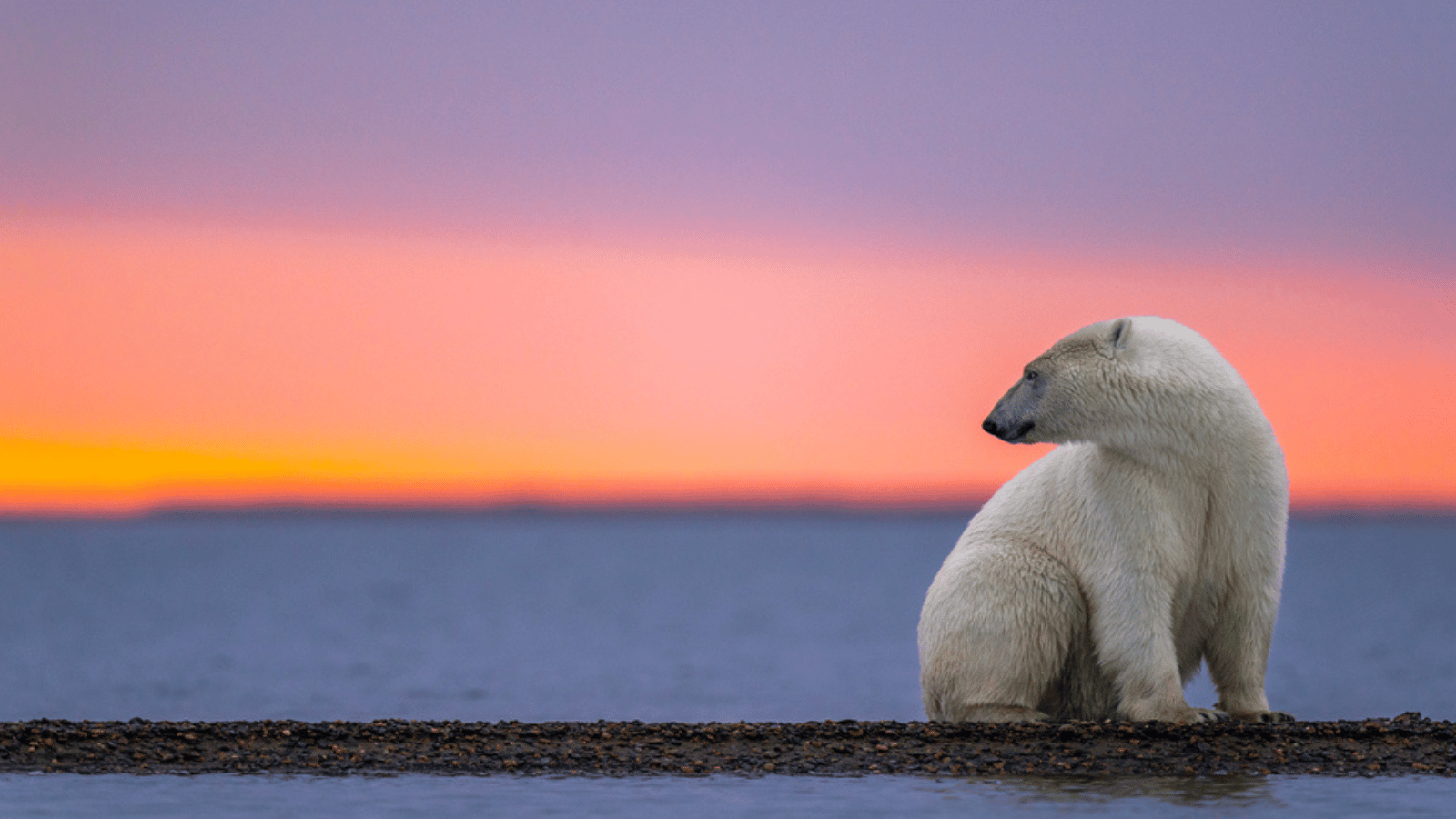
Formerly known as Barrow, this Alaskan town is situated at the northernmost point of the United States and experiences 65 consecutive days of the midnight sun from mid-May to early August. The community of roughly 4,400 people adapts to this phenomenon with blackout curtains and modified work schedules that help maintain some semblance of normal daily rhythms.
Whale hunting and subsistence living continue as they have for centuries, though now under the strange illumination of a sun that circles the sky without ever touching the horizon.
Tromsø

This Norwegian city of 75,000 residents sits 200 miles north of the Arctic Circle and experiences midnight sun from mid-May to late July. The dramatic landscape of fjords and mountains creates a stunning backdrop for the endless daylight. At the same time, the city maintains a vibrant cultural scene, featuring festivals, outdoor activities, and a university that attracts students from around the world.
Local restaurants serve dinner under natural sunlight at midnight, creating a surreal dining experience that visitors never forget.
Like Travel Pug’s content? Follow us on MSN.
Alert
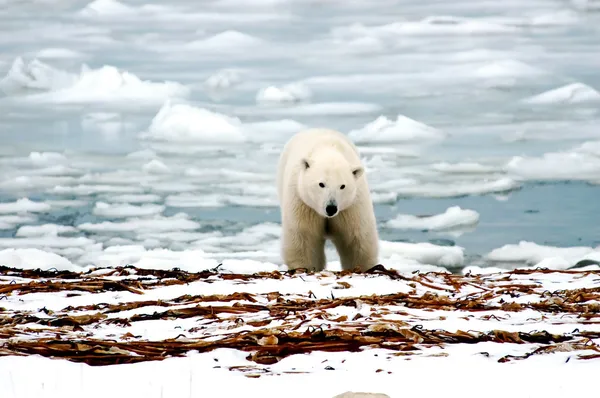
Canada’s northernmost permanently inhabited place sits just 500 miles from the North Pole and experiences continuous daylight from early April to late August. This weather station and military base houses about 200 rotating personnel who must adapt to four months of constant sun followed by four months of complete darkness.
The extreme isolation and endless daylight create psychological challenges that require special training and support systems for residents.
Longyearbyen
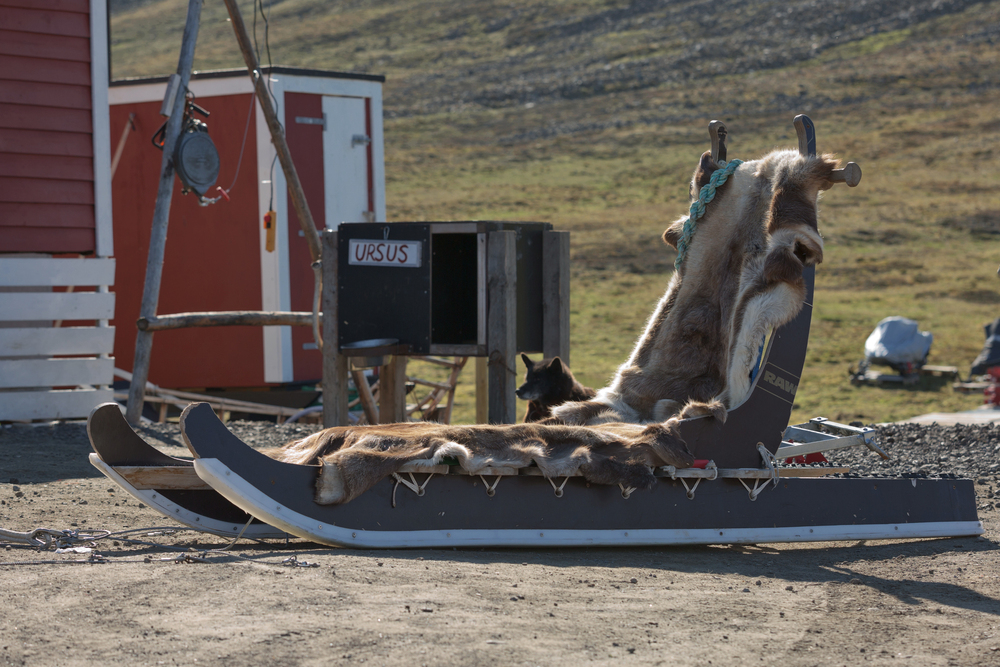
Located on Norway’s Svalbard archipelago, this coal mining town of 2,400 people experiences the midnight sun from mid-April to late August. The town operates under special regulations due to its extreme Arctic location, including laws that require residents to remove their shoes when entering most buildings and restrictions on dying within city limits, which are related to permafrost preservation issues.
Polar bears outnumber humans in the surrounding area, making armed escorts necessary for anyone venturing outside the settlement.
Murmansk
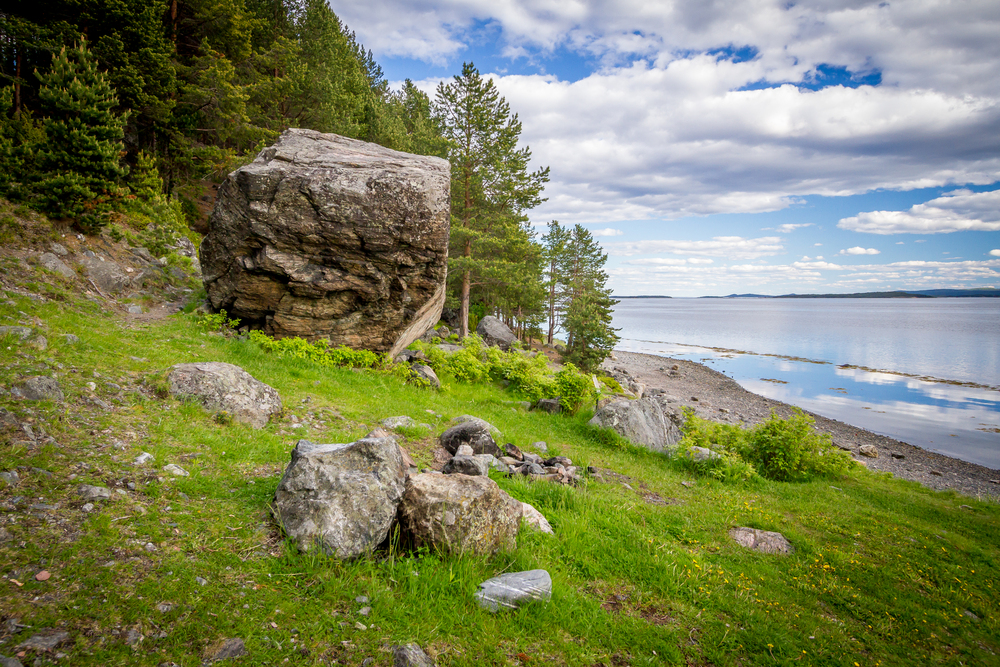
Russia’s largest Arctic city houses nearly 300,000 residents who experience the midnight sun from mid-May to late July. Despite its size, Murmansk retains the character of a frontier town, with Soviet-era architecture and a major port that remains ice-free year-round due to the Gulf Stream.
The city serves as a base for Arctic exploration and nuclear icebreaker operations, while residents adapt to the endless daylight by using heavy curtains and adjusting their sleep schedules.
Like Travel Pug’s content? Follow us on MSN.
Kiruna
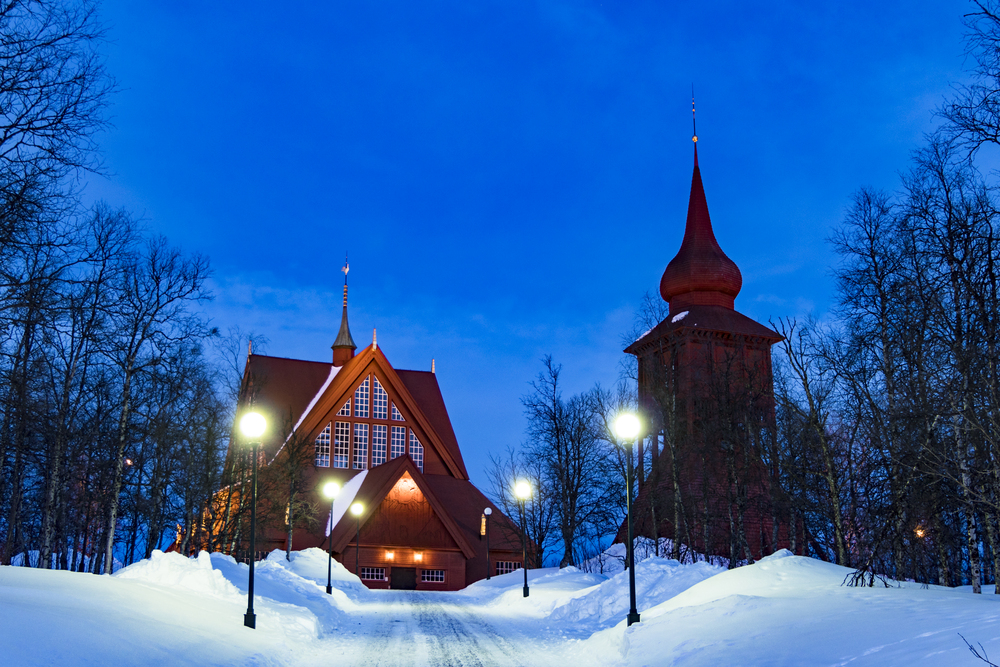
This Swedish iron mining town of 18,000 people sits 90 miles north of the Arctic Circle and experiences midnight sun from late May to mid-July. The community faces the unique challenge of relocating the entire town several miles east due to mining operations that threaten the ground stability.
During the midnight sun period, outdoor activities continue around the clock, with hiking, fishing, and cultural events taking advantage of the constant daylight.
Rovaniemi
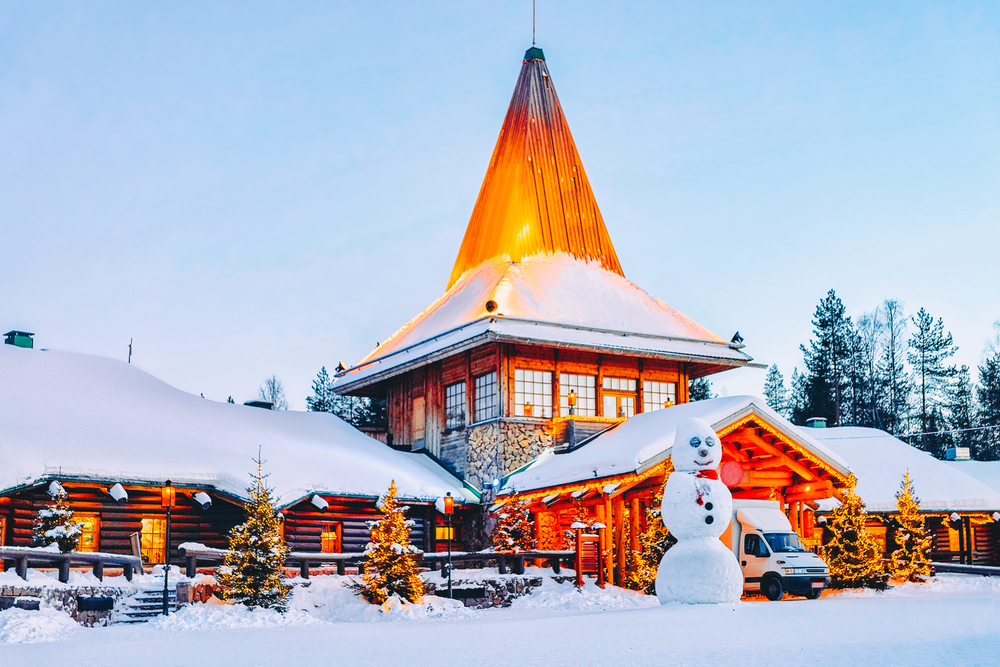
Finland’s Arctic capital houses 60,000 residents and serves as the official hometown of Santa Claus, experiencing midnight sun from early June to early July. The city rebuilt itself completely after the destruction of World War II, creating a modern Arctic urban center that attracts tourists year-round.
Local businesses capitalize on the midnight sun phenomenon with late-night tours, outdoor concerts, and festivals that celebrate the unique light conditions.
Inuvik
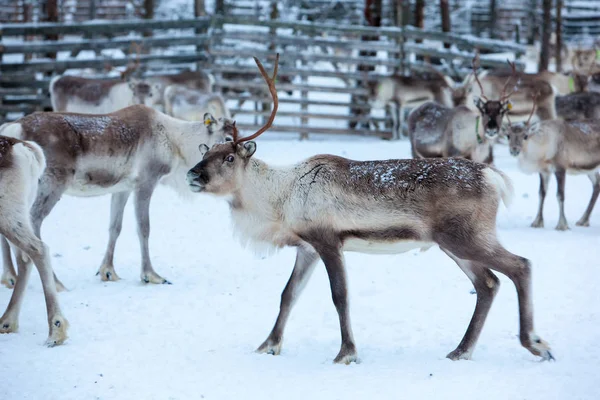
This Canadian town in the Northwest Territories houses 3,200 people and experiences 56 consecutive days of midnight sun from mid-May to early August. The community sits above the permafrost on a system of elevated buildings connected by above-ground utilidors that carry water and sewer lines.
Traditional indigenous hunting and fishing continue alongside modern Arctic research, creating a blend of old and new ways of life under the endless sun.
Like Travel Pug’s content? Follow us on MSN.
Qaanaaq
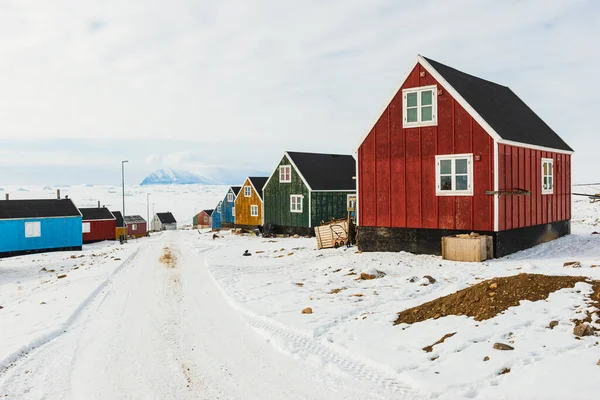
This Greenlandic settlement, home to approximately 650 Inuit residents, represents one of the world’s northernmost permanently inhabited places, experiencing the midnight sun from mid-April to late August. The community maintains traditional hunting practices using dog sleds and kayaks, while adapting to modern communication technology that connects them to the outside world.
The endless daylight affects traditional hunting patterns, as animals also adjust their behavior to the constant illumination.
Hammerfest
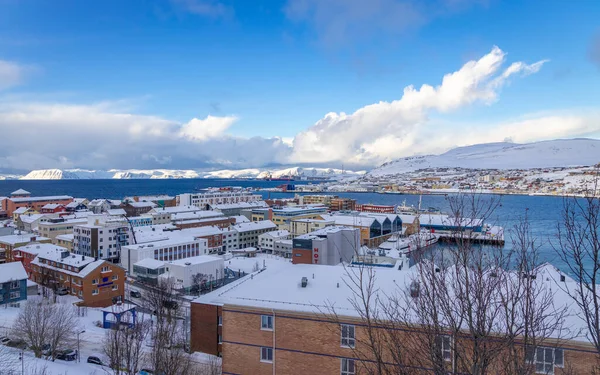
Norway’s northernmost town of 10,000 people markets itself as the world’s northernmost city, experiencing midnight sun from mid-May to late July. The community rebuilt itself twice after being completely destroyed during World War II, creating a modern Arctic town with excellent infrastructure and services.
The local economy combines traditional fishing with liquefied natural gas processing, while residents enjoy outdoor festivals and activities that take full advantage of the midnight sun.
Yellowknife
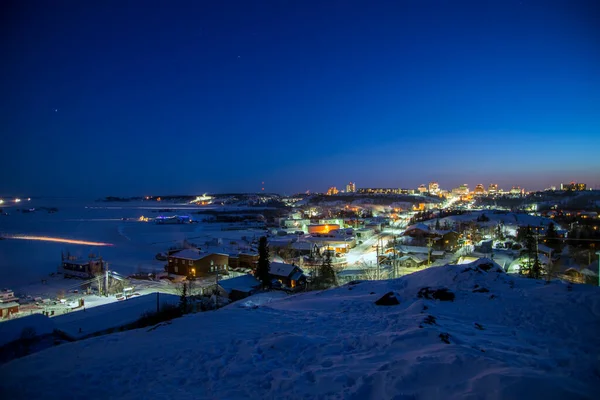
Canada’s territorial capital in the Northwest Territories houses 20,000 residents and experiences midnight sun from mid-May to late July. The city sits on the shores of Great Slave Lake, where the endless daylight creates perfect conditions for fishing, boating, and outdoor festivals that attract visitors from around the world.
Gold mining established the original community, although today, government services and tourism drive the majority of the local economy.
Like Travel Pug’s content? Follow us on MSN.
Nome

This Alaskan gold rush town of 3,800 people experiences midnight sun from mid-May to early August, gaining international fame as the finish line for the Iditarod sled dog race. The community maintains its frontier character with unpaved streets and buildings that reflect the town’s boom-and-bust mining history.
During the midnight sun period, gold prospectors and recreational miners work around the clock, taking advantage of the constant daylight to search the beaches and surrounding areas.
Bodø
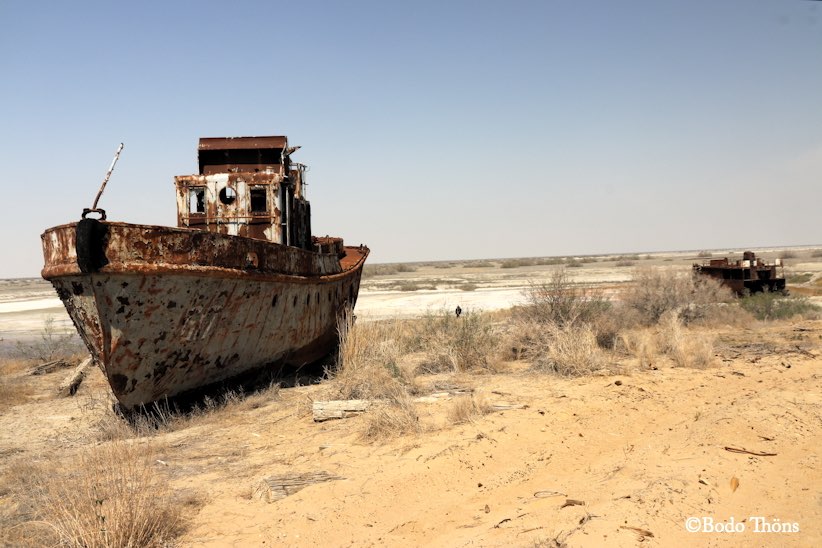
This Norwegian city of 50,000 residents sits just north of the Arctic Circle and experiences midnight sun from early June to mid-July. The community serves as a regional hub for northern Norway, boasting a university, airport, and cultural institutions that attract residents and visitors despite its extreme latitude.
The midnight sun period coincides with the height of the hiking and fishing season, when outdoor enthusiasts take advantage of the endless daylight.
Igloolik
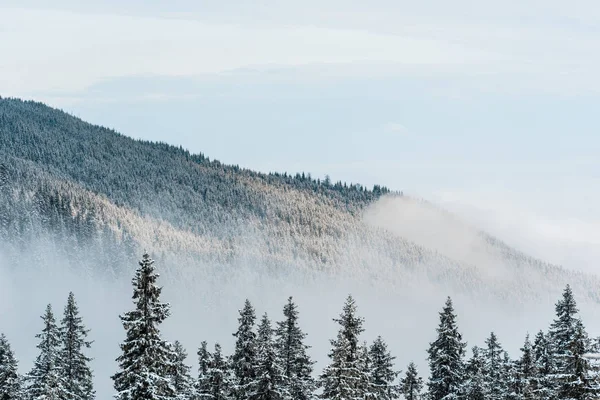
This Inuit community in Nunavut, Canada, is home to approximately 1,700 residents who experience the midnight sun from mid-May to late July. The settlement maintains strong connections to traditional Inuit culture while adapting to modern Arctic life, with community members continuing to hunt seal, walrus, and caribou using both traditional and modern methods.
The endless daylight affects traditional seasonal patterns, requiring adaptations in hunting strategies and daily routines.
Like Travel Pug’s content? Follow us on MSN.
Kotzebue
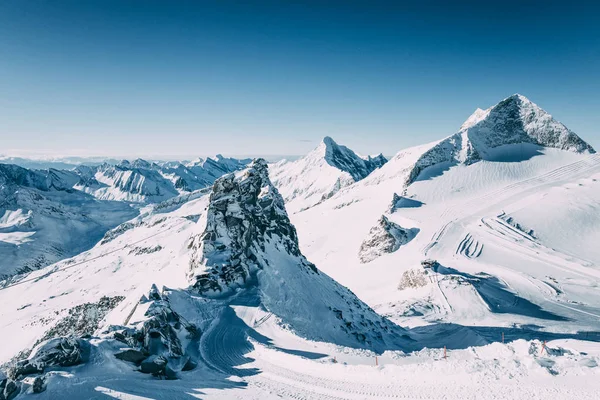
This Alaskan town of 3,200 people sits 26 miles north of the Arctic Circle and experiences midnight sun from early June to mid-July. The community serves as a regional hub for northwest Alaska, with an airport and services that connect dozens of smaller villages throughout the region.
Subsistence hunting and fishing continue as vital parts of life, while residents adapt their activities to take advantage of the constant daylight during the brief Arctic summer.
Khatanga
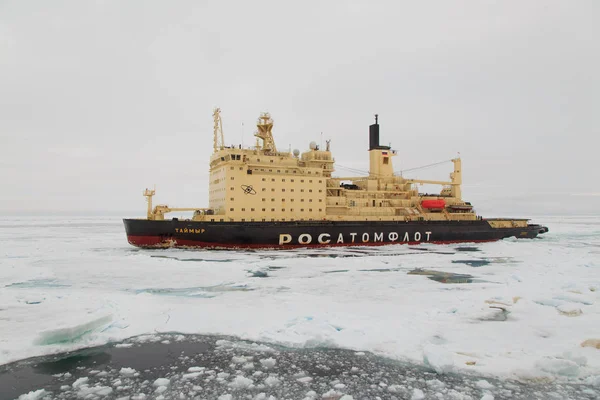
This Russian settlement in Siberia is home to approximately 2,800 people and experiences some of the longest periods of midnight sun, lasting from mid-May to late July. The community exists primarily to support Arctic research and meteorological stations, with residents enduring extreme isolation and harsh conditions year-round.
The midnight sun period provides the only opportunity for resupply by river barge, making the endless daylight crucial for community survival.
Iqaluit
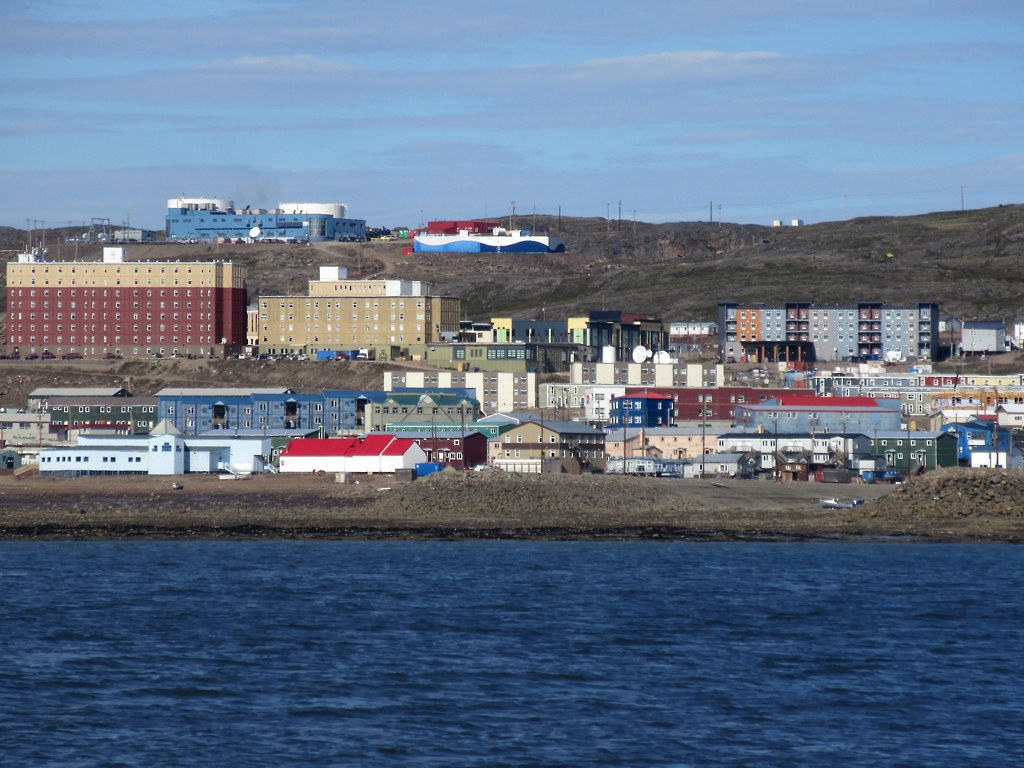
Canada’s newest territorial capital in Nunavut houses 7,700 residents and experiences midnight sun from mid-May to late July. The city serves as the government and commercial center for Canada’s largest territory, with modern infrastructure that includes hospitals, schools, and cultural facilities.
Traditional Inuit practices continue alongside modern Arctic urban life, with community members hunting and fishing under the midnight sun using both ancient techniques and contemporary equipment.
Like Travel Pug’s content? Follow us on MSN.
Tiksi
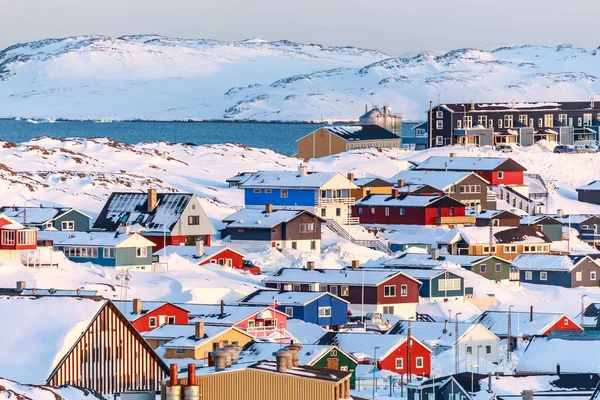
This Russian Arctic port town of 5,000 people sits on the Laptev Sea and experiences the midnight sun from mid-May to late July. The community serves as a base for Arctic Ocean research and shipping operations, with residents adapting to extreme isolation and harsh conditions that make survival dependent on careful planning and cooperation.
The endless daylight period coincides with the brief shipping season when supply vessels can reach the town through Arctic waters.
Pond Inlet
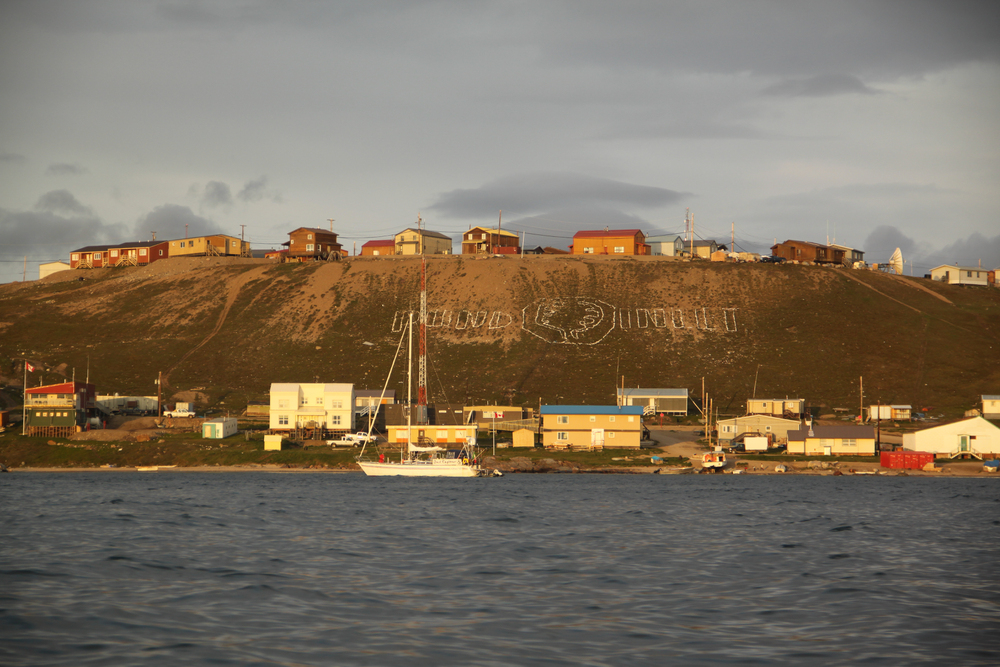
This Inuit community in Nunavut, Canada, is home to 1,600 residents who experience the midnight sun from mid-May to late July. The settlement is situated on Eclipse Sound, offering spectacular views of glaciers and mountains, and creating one of the most dramatically beautiful locations in the Canadian Arctic.
Traditional hunting continues year-round, with the midnight sun period providing opportunities for extended hunting trips and outdoor activities that would be impossible during the dark winter months.
Resolute

The Canadian research community in Nunavut comprises approximately 230 permanent residents who experience the midnight sun from early May to early August. The settlement serves as a base for Arctic research and High Arctic weather monitoring, with residents enduring some of the most extreme conditions found in any permanently inhabited place.
The endless daylight provides crucial opportunities for scientific research and resupply operations that sustain the community through the long Arctic winter.
Like Travel Pug’s content? Follow us on MSN.
When Day Refuses to End
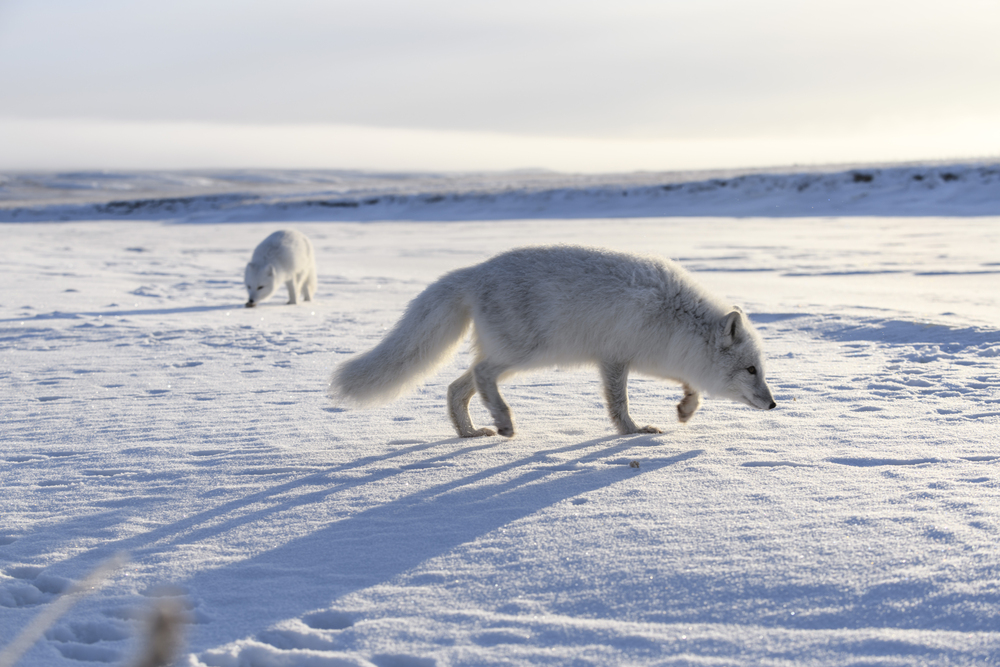
These societies of the Arctic are a tribute to human resilience’s ability to come to terms with the most intense light conditions on Earth, where residents need to redefine simple concepts like day and night when in midsummer. Each town develops its own way of balancing health, productivity, and sanity against a sun that spurns every natural rhythm humans evolved to live under.
This experience of midnight sun brings these distant communities together in shared experience to which few others beyond the Arctic world are essentially privy, creating a connection between Alaskan Inuit hunters, Norwegian students, and Russian scientists alike who all grow into sleeping, working, and living under sunlit skies that never fall below the horizon. Their adjustment to perpetual daylight brings to mind human resiliency while presenting peeks at how existence could work on other worlds where our accustomed cycles of light and dark simply do not occur.
More from Travel Pug

- 20 Best Beach Towns in the Carolinas
- 13 Destinations Where Tourists Regularly Regret Their Trip
- 20 Destinations That Are More Magical Without an Itinerary
- 20 Underrated Adventures That Belong on Your Travel List
- 20 Cities Where You Should Just Wing It, No Planning Required
Like Travel Pug’s content? Follow us on MSN.N.
